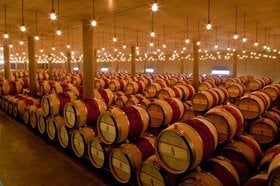Guide to High QPR Wines: 10 Best Bottles, Factors Affecting QPR
Wines with a high QPR (Quality Price Ratio) are premium quality wine labels at affordable price points with significant potential for value appreciation.
If your $20 bottle tastes like a high-end, sumptuous Bordeaux or Napa label, it’s probably a good QPR wine.
To build a well-rounded wine portfolio, you should include a few high-QPR, high-quality, investment-worthy wines that are sure to perform well.
But, which are the best such wines you could buy?
Let’s look at the top 10 QPR wines to buy, factors affecting QPR wine production, and where you can find great QPR wines.
Further reading
- Check out these 11 Exciting Wine Investment Trends to Watch in 2022.
- Also, discover Why You Should Invest in Second Wines and the 10 Best Bottles to Buy.
10 Outstanding QPR Wines to Buy in 2022
Here are 10 exceptional QPR wines to try in 2022:
- 1959 Chateau La Gaffeliere ($465)
- 1961 Chateau La Lagune ($370)
- 2019 Chateau Pavie ($352)
- 1996 Chateau Laroque ($200)
- 2016 Chateau Les Carmes Haut-Brion ($186)
- 2020 Chateau Smith Haut Lafitte ($149)
- 2019 Chateau Pavie-Decesse ($147)
- 2016 Chateau Leoville Barton ($139)
- 2016 Chateau Larcis Jaumat ($100)
- 2020 Chateau Beychevelle ($93)
1. 1959 Chateau La Gaffeliere ($465)
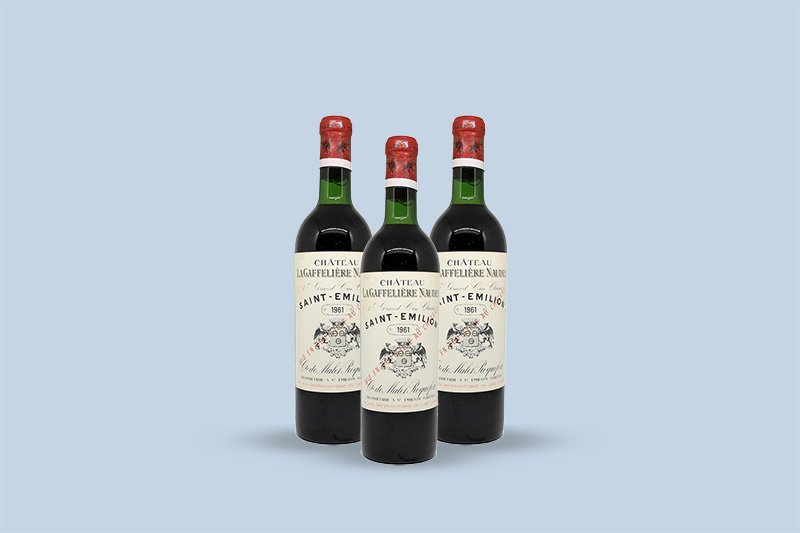
The 1959 Bordeaux wine is a fantastic Cabernet Franc and Merlot blend with a pronounced dark chocolate tasting note, followed by hints of dark fruit and black cherry. The red wine also offers a silky tannin mouthfeel and red fruit aromas.
The Saint Emilion estate has outstanding terroir, and its stellar Cabernet Franc grapes yield aromatic and refreshing labels. The new-age wine professionals at the La Gaffeliere winery combine modern technology with conventional techniques to deliver incredible QPR wines.
2. 1961 Chateau La Lagune ($370)
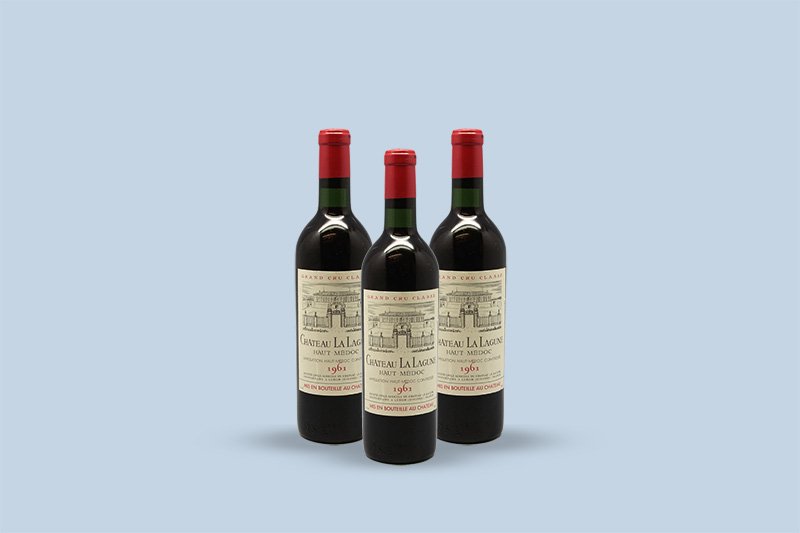
Here we have a high QPR French wine that presents intense oak and dark chocolate aromas in a delicious black cherry and black fruit palate.
La Lagune crafts wines with firm tannin levels at an affordable price range, making them a leading QPR wine producer. Jancis Robinson awarded the 1961 vintage a commendable 18 out of 20 points for its bold finesse and nice acidity.
3. 2019 Chateau Pavie ($352)
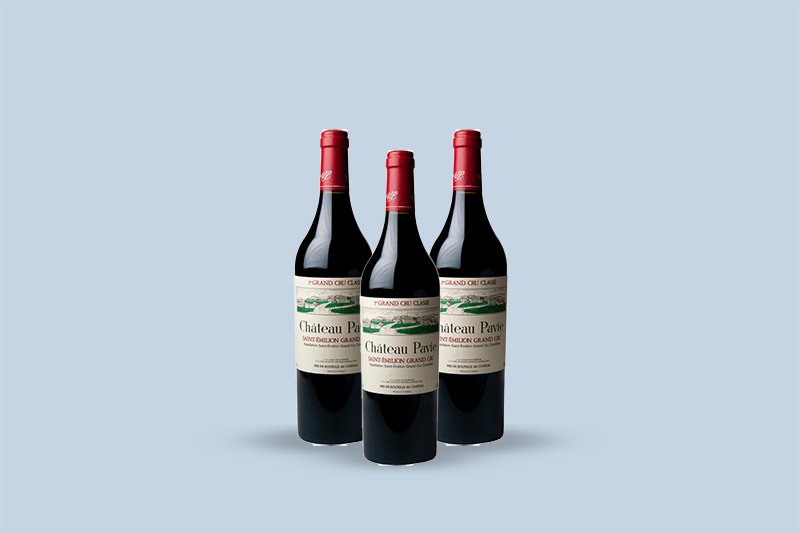
The 2019 Chateau Pavie received a high score of 95-97 points from the Wine Advocate. It is a great wine available at a lower price than the estate’s previous four high-scoring vintage bottles.
The gorgeous Merlot, Cabernet Franc, and Cabernet Sauvignon blend offers lovely oak and violet aromas with a dominant black currant and red fruit tasting note. Its remarkable minerality and bold tannin mouthfeel also add elegance to the wine.
4. 1996 Chateau Laroque ($200)
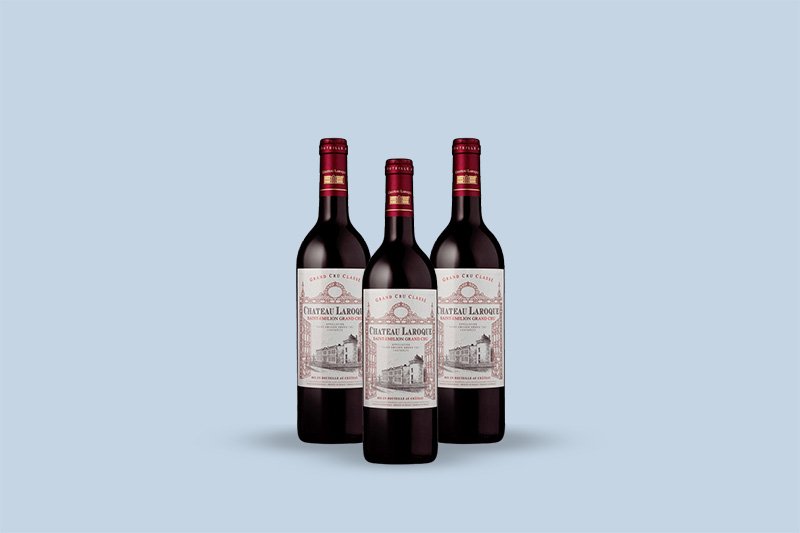
Here’s a good wine with earthy aromas in a dazzling blackberry, jam, and cassis palate. Celebrated wine critic Jean-Marc Quarin granted the label a respectable score of 88 points.
Since 2015, the Chateau has consistently produced affordable, high-quality Merlot, Cabernet Franc, and Cabernet Sauvignon blends. The limestone terroir and the timely harvests add elegance and complexity to the estate’s wines.
5. 2016 Chateau Les Carmes Haut-Brion ($186)

Earning an enviable 96 points from Wine Spectator, the 2016 Les Carmes Haut Brion vintage is a good QPR red wine with a floral and oaky bouquet. The Cabernet Franc, Cabernet Sauvignon, and Merlot blend also features tasty blue and black fruit notes offset by fine tannins and vibrant acidity.
6. 2020 Chateau Smith Haut Lafitte ($149)

The 2020 Chateau Smith Haut Lafitte received an outstanding score of 98–100-points by the Wine Advocate. The full-bodied Bordeaux wine presents cassis, licorice, and cocoa aromas in a flavorful dark fruit palate.
Besides the intense, high-quality red wines, Chateau Smith Haut Lafitte also produces good QPR white wine labels like Sauvignon Blanc and Semillon blends.
7. 2019 Chateau Pavie-Decesse ($147)

Here’s a great wine with spice aromas and rich black plum notes. The wine received a high score of 96-98 points from James Suckling for its nice acidity, excellent flavor profile, and chewy tannin mouthfeel.
8. 2016 Chateau Leoville Barton ($139)
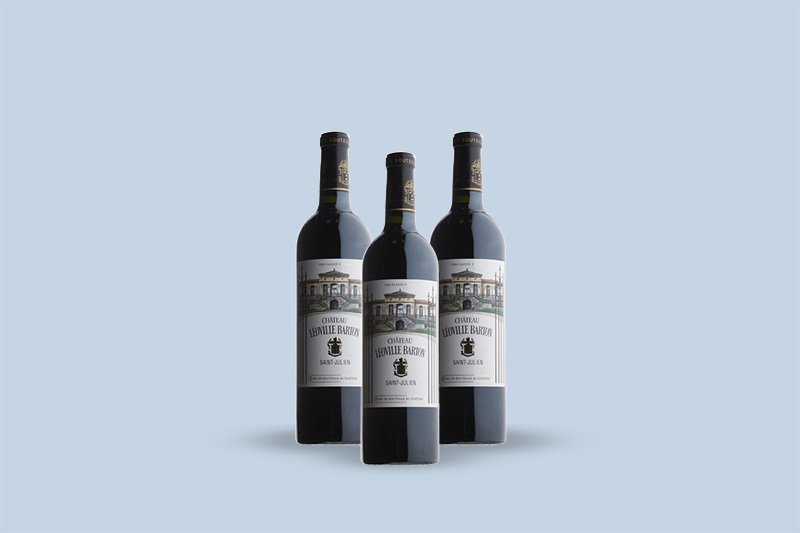
This medium to full-bodied wine exudes brilliant creme de cassis and blueberry compote notes with hints of tobacco, earth, and licorice scents.
The 2016 Leoville Barton is a good wine available at a lower price than the previous high-scoring 2009 and 2010 vintages. Wine Enthusiast awarded the 2016 bottle a fantastic score of 96 points.
9. 2016 Chateau Larcis Jaumat ($100)
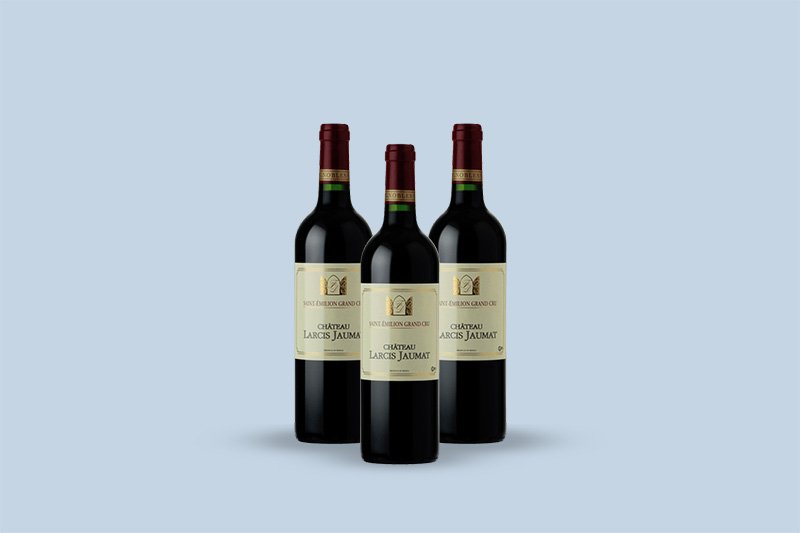
Here’s a stunning Merlot and Cabernet Franc blend with mushroom and spice fragrances offset by luscious vanilla, dark fruit, and black cherry notes. It offers refreshing acidity, firm tannins, and a long finish, making it a phenomenal QPR wine.
10. 2020 Chateau Beychevelle ($93)
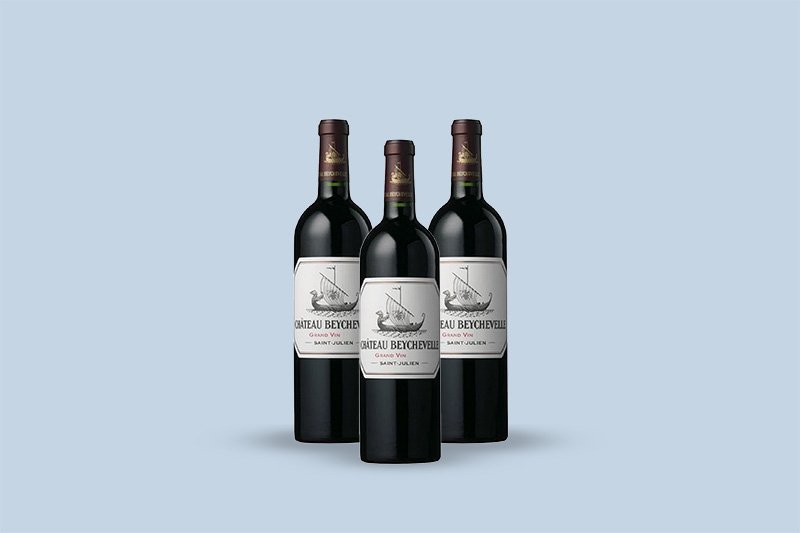
This dark garnet-colored French wine opens with creme de cassis and blue fruit aromas in a delicious red currant and spice palate.
The 2020 vintage costs less than the wine’s previous vintage labels and received an incredible 94-96 point score from Wine Advocate.
What Factors Affect the QPR of Wine?
The primary factors affecting the production of top-notch Quality Price Ratio wines are:
1. Affordable Land Prices

Vineyard plot prices contribute significantly to wine production costs.
Vineyards in prestigious wine regions like Napa Valley, Rhone Valley, and Columbia Valley often demand substantial financial outlay ($500,000 per acre.) The high real estate value increases production costs (passed on to customers), ultimately driving up wine prices.
Winemakers cut costs and craft premium QPR wines by using grape varieties grown in affordable vineyard plots with optimum terroir.
For instance, wine regions like Mendoza in Argentina have lower land prices, favorable terroir conditions, and organic viticulture practices. So, these regions deliver high QPR wines at a fraction of the cost of wines like Napa Cab or Burgundy reds.
2. Large Vineyard Area under Mechanized Agriculture
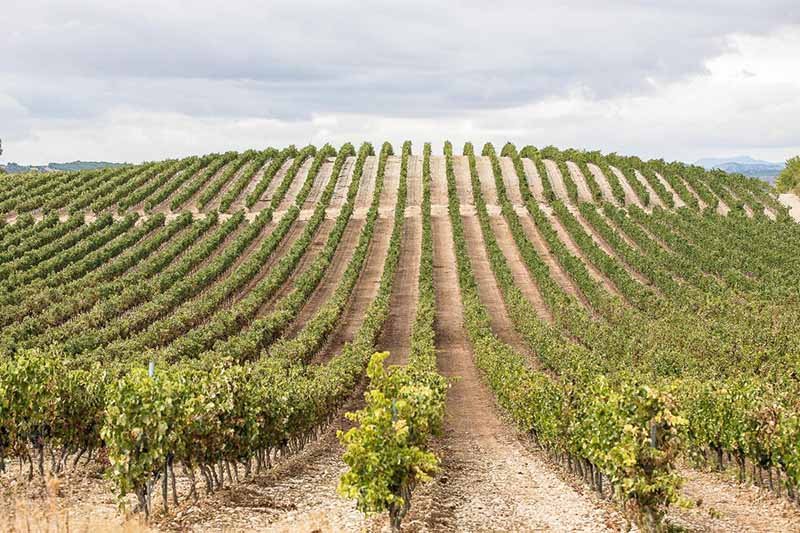
Another way to reduce production costs of quality wine is to reduce dependence on human labor. Bringing large vineyard tracts under mechanized agriculture helps wine producers save thousands in labor costs.
Modern wine professionals use machines for vineyard chores to reduce overhead without compromising grape quality.
3. Collaborative Viticulture
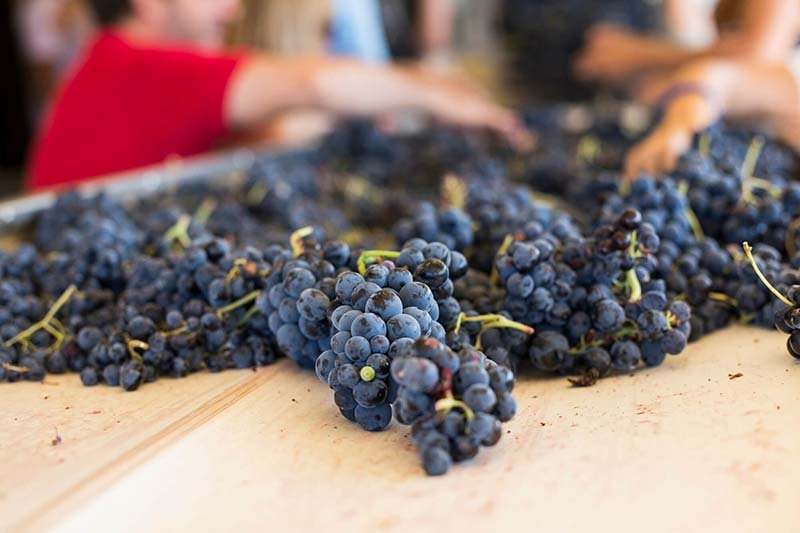
Some winemakers reduce expenditure on land purchase by collaborating with other growers to collectively produce wine.
Besides collaborating, growers reduce chemical usage in the vineyards to earn a higher price for their harvest. Over the years, these sustainable practices have produced great QPR wines without affecting the grower or co-op’s net income.
Wine cooperatives like Grupo San Valero, for instance, consolidate resources and even incentivize growers who farm sustainably.
4. Innovative Business Practices and Brand Building
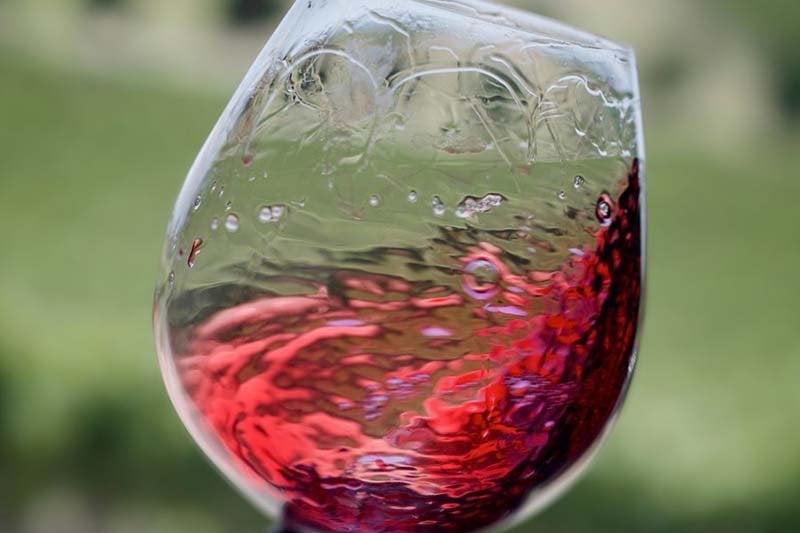
Besides reduced production costs, innovative business strategies also contribute to increasing production of QPR wines.
Winemakers in Chianti Classico, for instance, adopt a combination of traditional and ingenious approaches to popularize their wines and build a brand. They follow modern vinification techniques to produce stellar, flavorful wines while retaining their medieval roots.
The traditional brand name adds value to the winemaker’s labels, elevating the quality of even their cheap wine labels.
Where Can You Find High-QPR Wines?
Here are the best places to find exceptional QPR wines:
1. Wine Websites and Apps
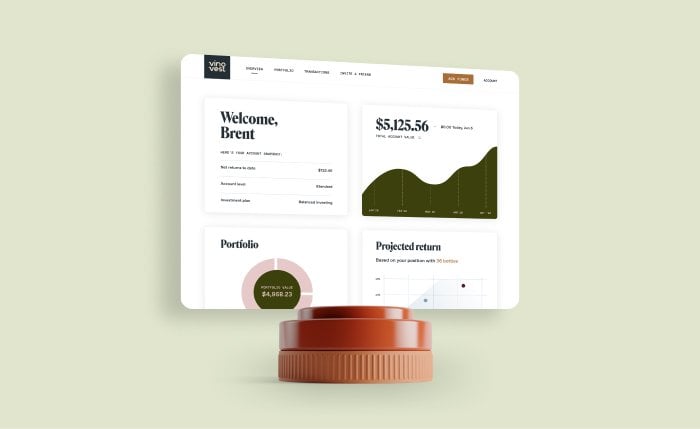
If you want to buy a high-QPR bottle for drinking, wine websites and apps will provide you with a price check (whether you buy wine online or through a local Trader Joe.)
Most websites also feature a wine blog, critics’ ratings, buyer reviews, and tasting notes that help you pick the perfect label. But if you wish to invest in outstanding QPR wines, check out the Vinovest website. It’s a leading AI-driven wine investment company that lets you buy, store, and sell exceptional wines from around the world.
Vinovest:
- Sources wines directly from trusted merchants and renowned wineries from Rhone Valley, Columbia Valley, Napa Valley, Russian River Valley, and other great wine regions.
- Lets you track your wine portfolio to ensure you maximize your returns.
- Stores your bottles in bonded warehouses under optimal temperature, light, and humidity.
- Finds the ideal buyers for your bottles from the platform’s vast global network.
2. Wine Producers

If you’re skeptical about third-party sellers, you can pick outstanding QPR wines from the winery itself. Some estates also offer wine tasting experiences and let you purchase bottles directly, ensuring you receive authentic products for the price.
3. Auction Sites
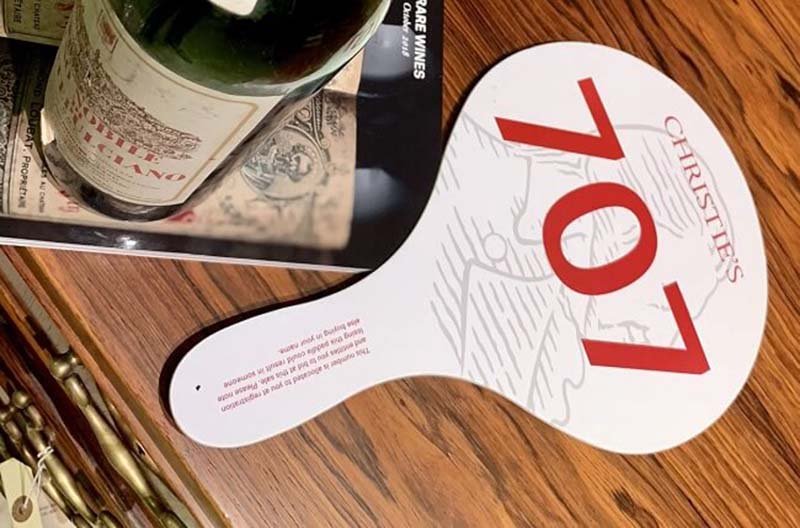
Wine auction sites offer a selection of QPR vintage labels often unavailable on the retail market. While you can bid on cheap wine bottles on sites like eBay, you can buy more prestigious labels through Christie’s, Sotheby’s, and other auction sites.
4. Flash Sales
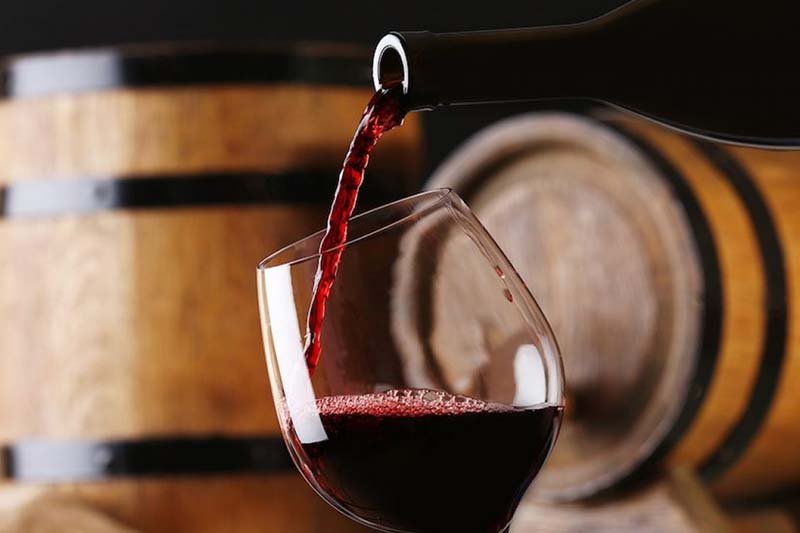
One of the best ways to get your hands on some good QPR wines is through flash sales. These sales feature a range of wine styles at discounted prices – from affordable bottles to luxurious, cult labels.
But such sales only last a few hours since stocks deplete fast. So, it’s critical to keep track of such deals and buy their wines at the earliest.
5. Bargain Bins
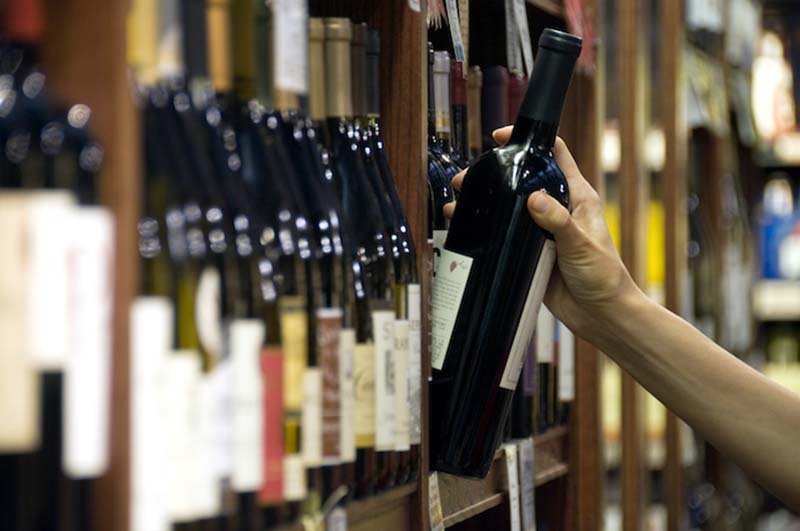
Many wine stores offer closeouts or bin-ends with discounted wines, high discount vintage bottles, and wines with stained labels. These bargain sales at shops like Trader Joe are great opportunities to buy excellent QPR wines.
Invest in High QPR Wines for a Balanced Portfolio
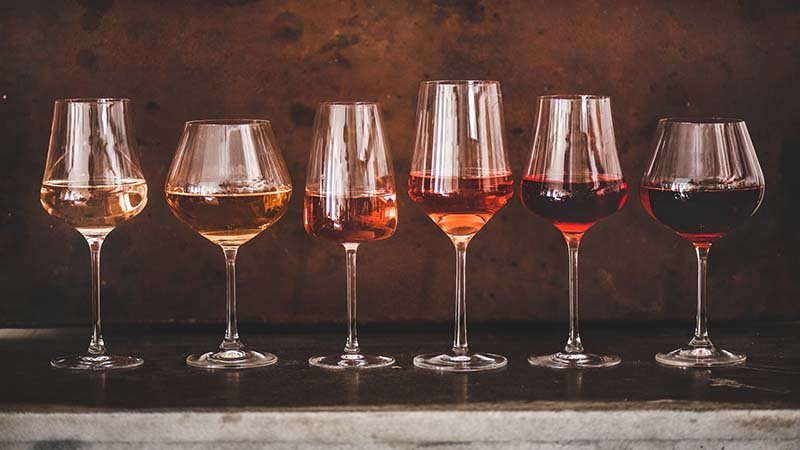
QPR wines are exceptional labels offering you delectable flavor profiles and extraordinary finesse without burning a hole in your pocket. You'll find an elegant QPR wine to add to your collection only if you know where to look.
If you wish to earn substantial returns by investing in collectible QPR wines, sign up with Vinovest and start building your profitable wine portfolio today.


